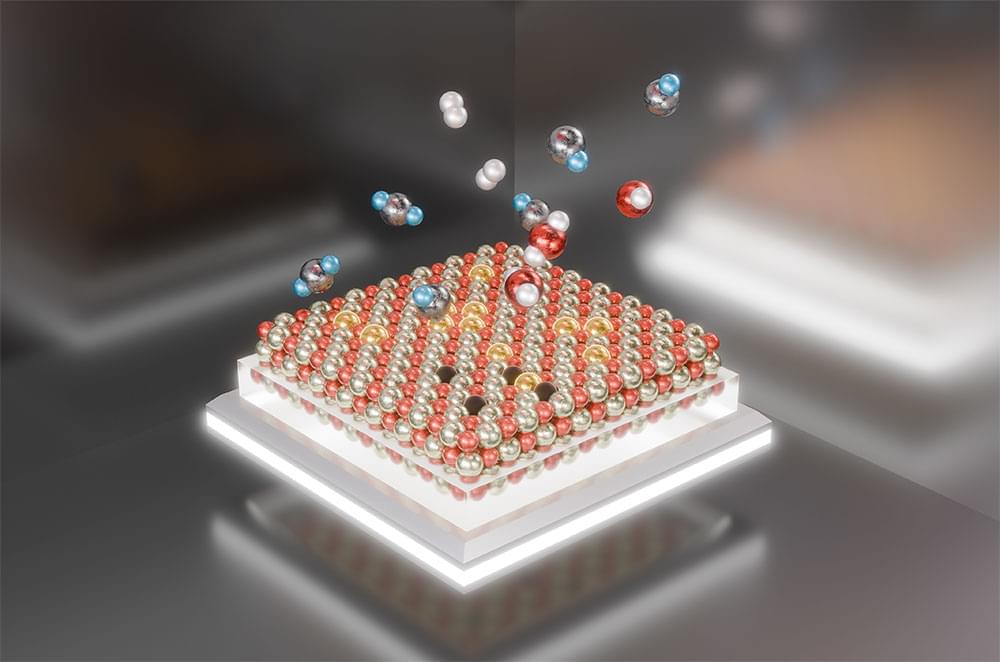Jun 3, 2024
Chemists uncover reversible assembly of platinum nanocatalyst
Posted by Dan Breeden in categories: nanotechnology, particle physics
Chemists at the U.S. Department of Energy’s (DOE) Brookhaven National Laboratory, Stony Brook University (SBU), and their collaborators have uncovered new details of the reversible assembly and disassembly of a platinum catalyst. The new understanding may offer clues to the catalyst’s stability and recyclability.
The work, described in a paper published in the journal Nanoscale (“Unravelling the origin of reaction-driven aggregation and fragmentation of atomically dispersed Pt catalyst on ceria support”), reveals how single platinum atoms on a cerium oxide support aggregate under reaction conditions to form active catalytic nanoparticles — and then, surprisingly, fragment once the reaction is stopped.
Fragmentation may sound shattering, but the scientists say it could be a plus.

















